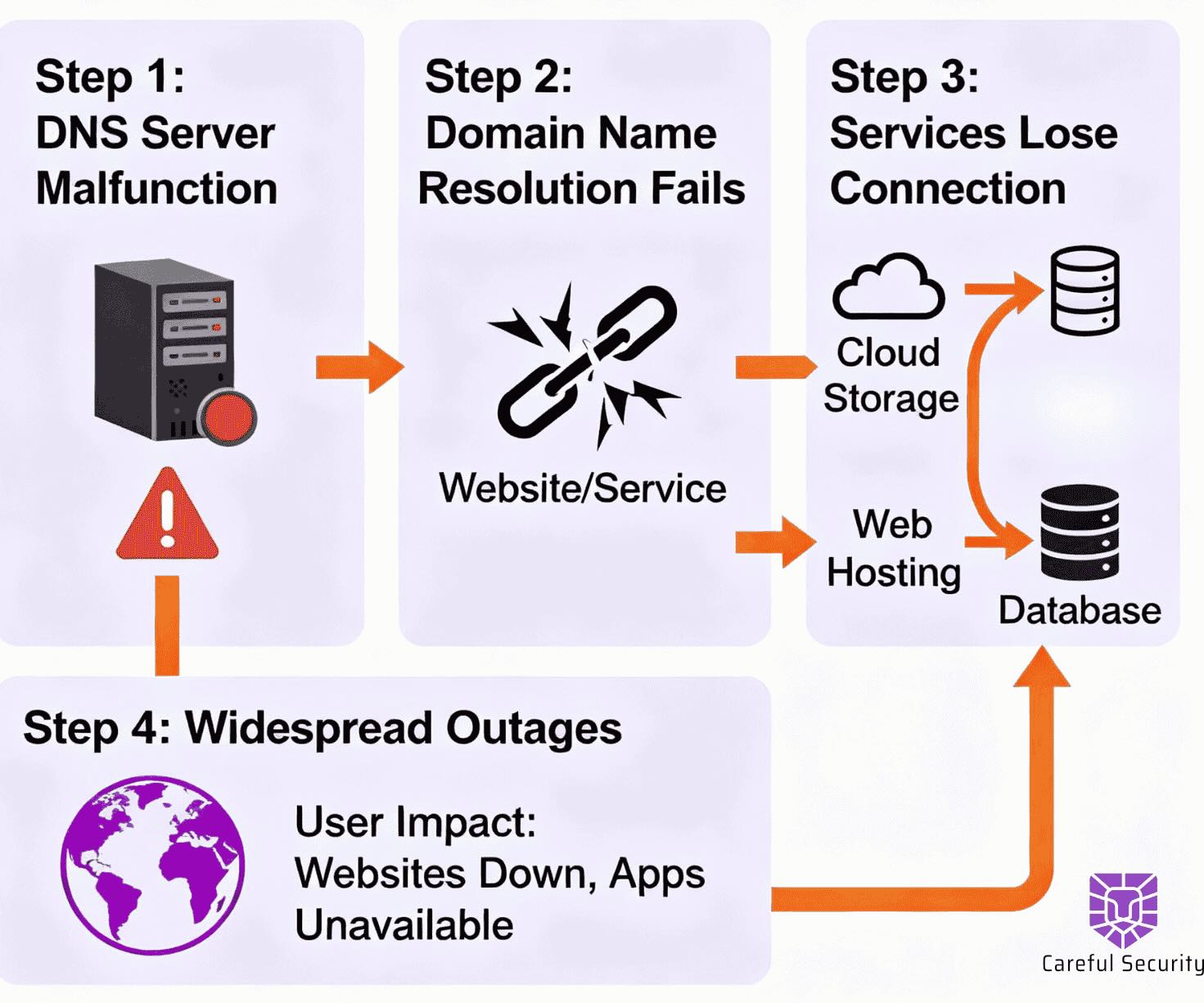Are Campuses Prepared?

Introduction
Universities are treasure troves of data from student records and financial information to cutting-edge research and intellectual property. But that very richness makes them prime targets for cyberattacks. In this post, we explore the current landscape: how often campuses are hit, what’s at risk, and whether institutions are truly prepared to defend themselves.
How Common Are Attacks on Universities?
- In a 2025 survey, 91% of higher education institutions reported a cyberattack in the past 12 months.
- And nearly 40% of those attacks resulted in negative outcomes like data loss or system downtime.
- But reporting is inconsistent, in 2024, only 66% of universities self-reported attacks, suggesting the real rate might be higher.
- Ransomware is rising fast: known attacks on higher ed jumped from 129 in 2022 to 265 in 2023 which is more than double in a year.
Nearly every campus is a target, and many are paying the price.
What’s at Stake and How Much Does It Cost?
- The average ransom demand in higher education was about USD 5.85 million in recent reports.
- Beyond ransom: reputational damage, operational disruptions, regulatory fines, and costs of remediation can all add up.
- Some breaches are traced back to credential compromise, phishing, or email-based attacks, or exploiting known vulnerabilities.
- Universities also struggle with implementing basic best practices. A study of 136 institutions showed many do not comply fully with updated NIST guidelines (password policies, MFA, etc.).
The financial, legal, and reputational damage from one attack can be catastrophic for a university.
Who’s Behind the Attacks?
- Nation-state actors are actively targeting universities, seeking access to research, IP, and geopolitical intelligence.
- Financially motivated criminal gangs also exploit lower-hanging fruit — campuses often have weaker defenses, making them attractive targets.
- Some attacks are opportunistic or automated scans of vulnerable systems.
The threat landscape is diverse, you need both advanced defenses and good fundamentals.
Are Universities Getting More Prepared?
- On the plus side: cybersecurity spending in higher ed has been rising consistently over the past five years.
- But investment alone isn’t enough. Experts say many institutions are still playing catch-up.
- The education sector’s global cyber risk rating jumped from “moderate” to “high” in recent years, per Moody’s.
- And even when controls are implemented, compliance gaps persist (e.g. weak password policies, missing MFA) which shows that best-practice guidance is not always fully adopted.
Progress is being made, but many campuses remain vulnerable.
What Can Campuses Do to Improve?
Here are some actionable best practices:
- Adopt multi-layer defense
- Enforce multi-factor authentication (MFA) everywhere
- Use role-based access control and the principle of least privilege
- Network segmentation (isolate critical systems)
- Patch management & vulnerability scanning
- Regular vulnerability assessments
- Fast remediation of critical vulnerabilities
- Use threat intelligence feeds to prioritize
- Continuous monitoring & incident response
- Deploy Security Operations Centers (SOCs) or partner with MSSPs
- Have a tested Incident Response (IR) plan
- Tabletop exercises with leadership
- Awareness & culture
- Regular training for students, faculty, and staff on phishing and social engineering
- Simulated phishing campaigns
- Clear reporting mechanisms
- Governance & compliance
- Align with NIST, EDUCAUSE, ISO, and other higher-ed security frameworks
- External audits and maturity assessments
- Engage board-level awareness and accountability
- Research collaboration safeguards
- Harden access for research networks
- Use application-level security for sensitive data
- Leverage data sharing agreements and encryption
Campuses are under siege and while many are recognizing the threat, too few are fully prepared. The stakes are high: data, reputation, student trust, and institutional viability all hang in the balance. The good news is that the path forward is clear: a combination of strategic investment, strong governance, ongoing training, and proactive defenses can tilt the odds back in favor of universities.
Cybersecurity Leadership for Your Business
Get started with a free security assessment today.
.avif)
.avif)




.svg)
.svg)
.svg)